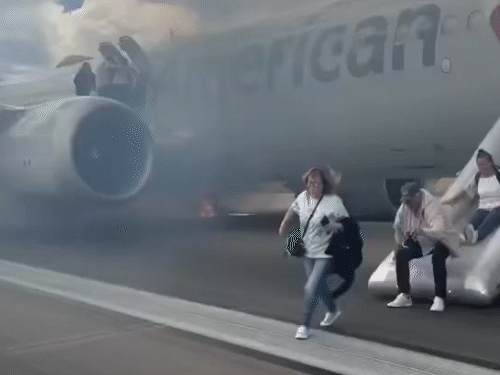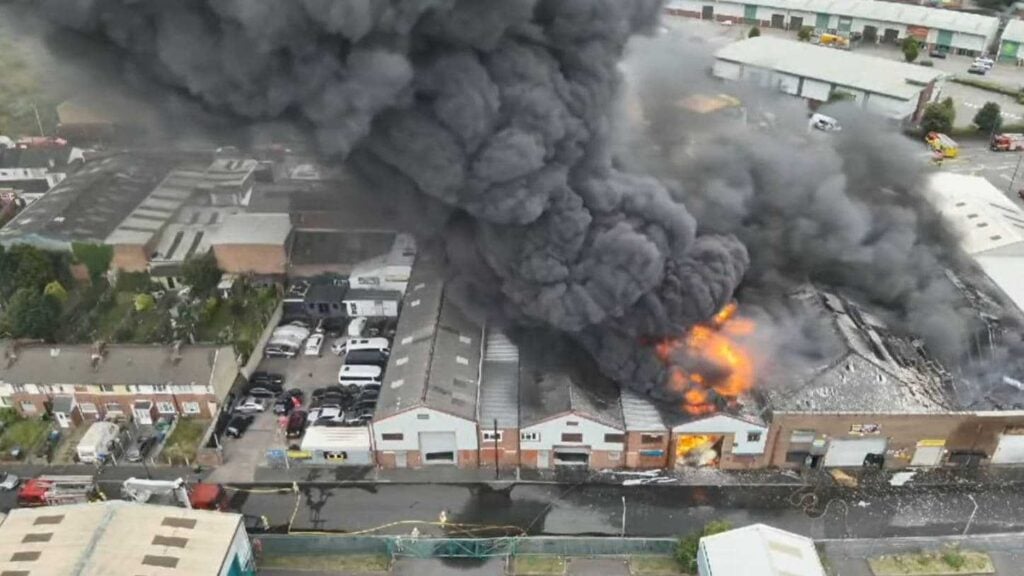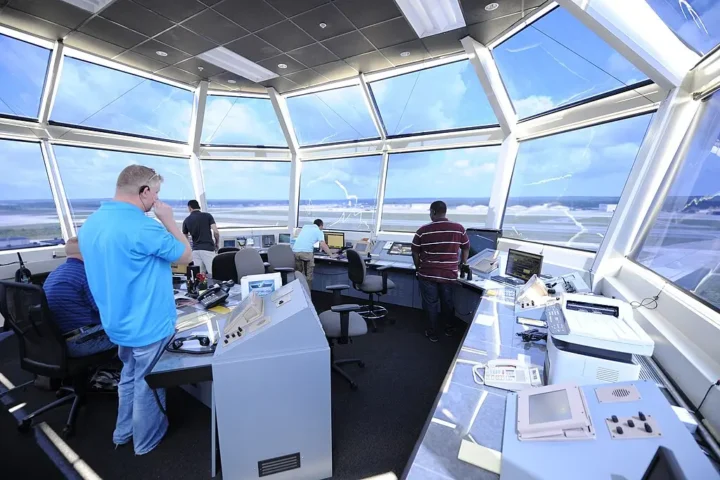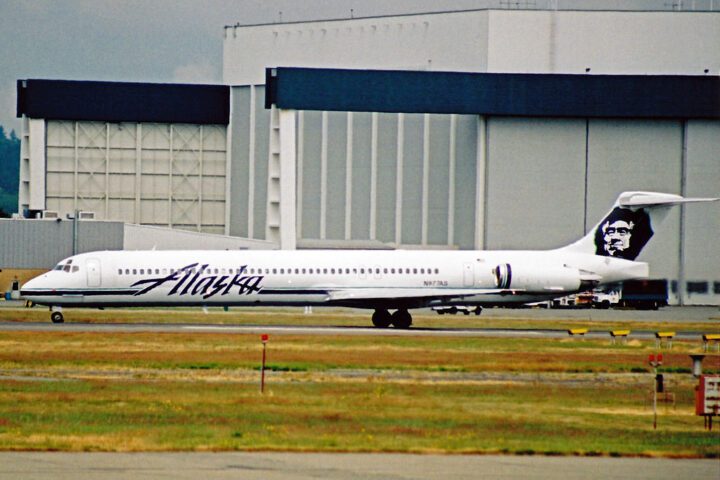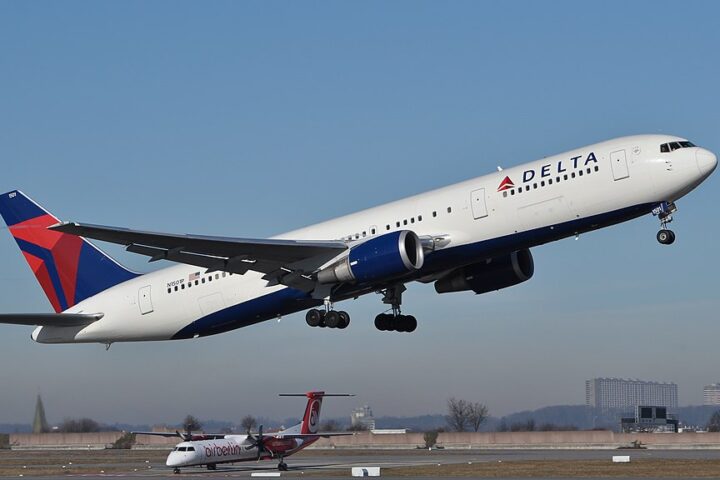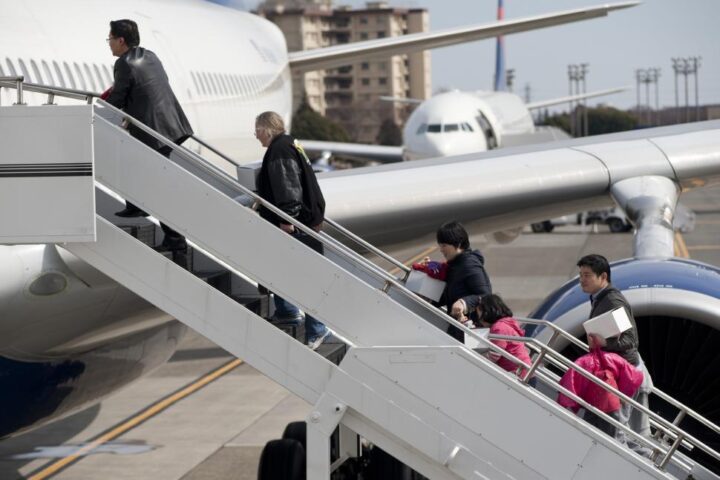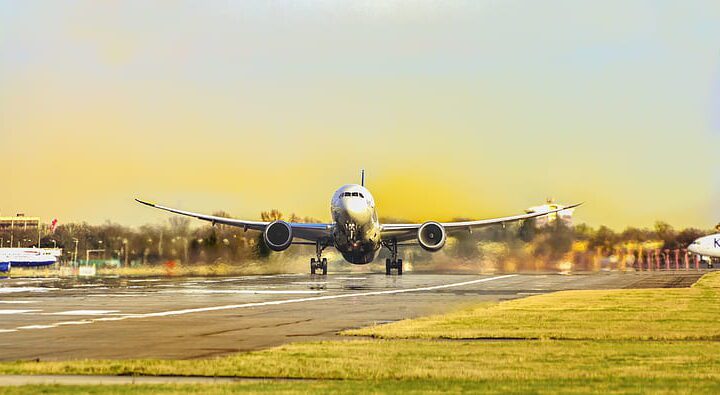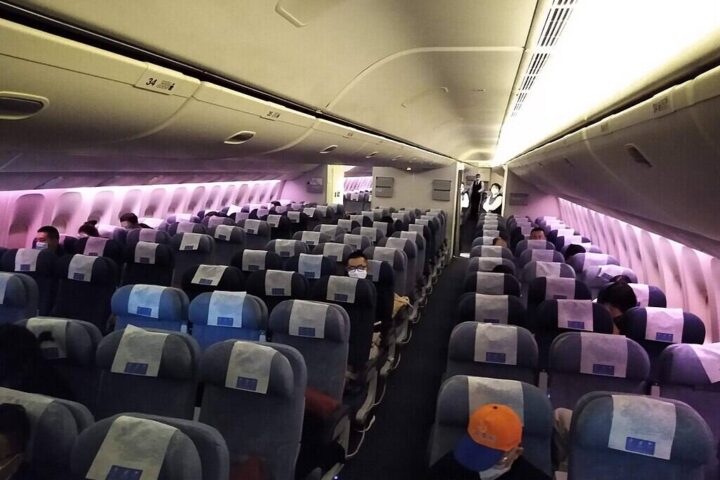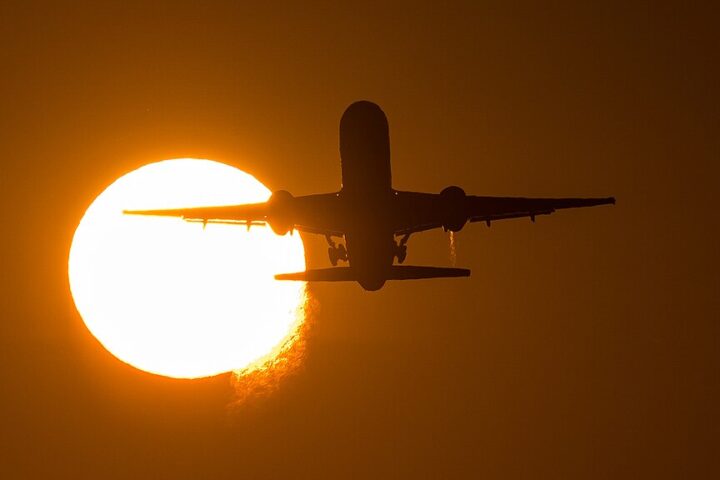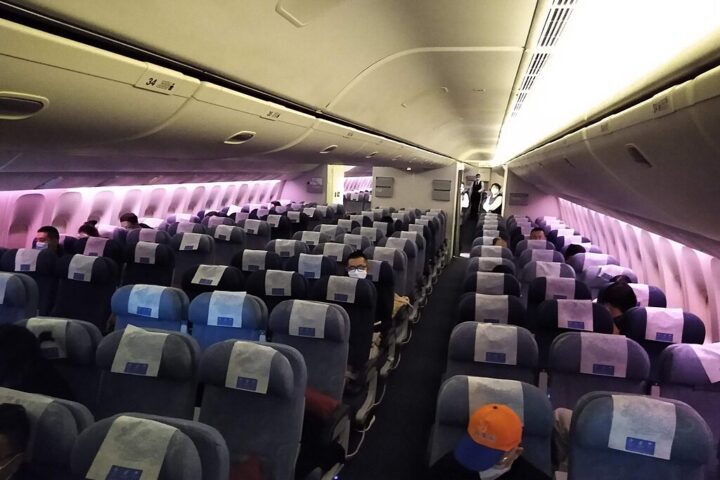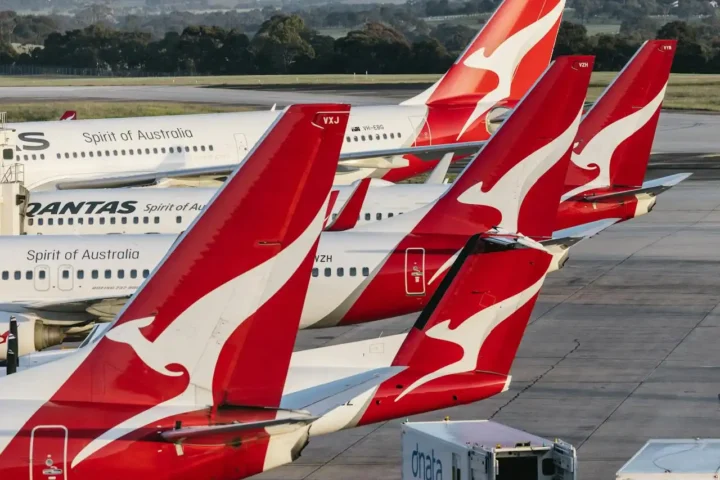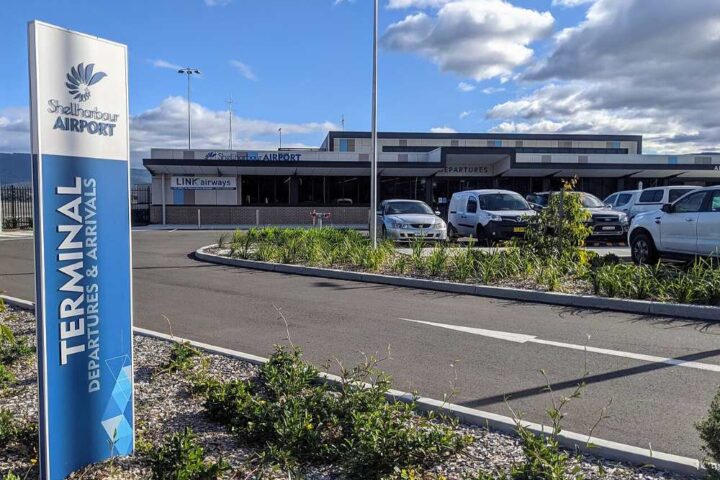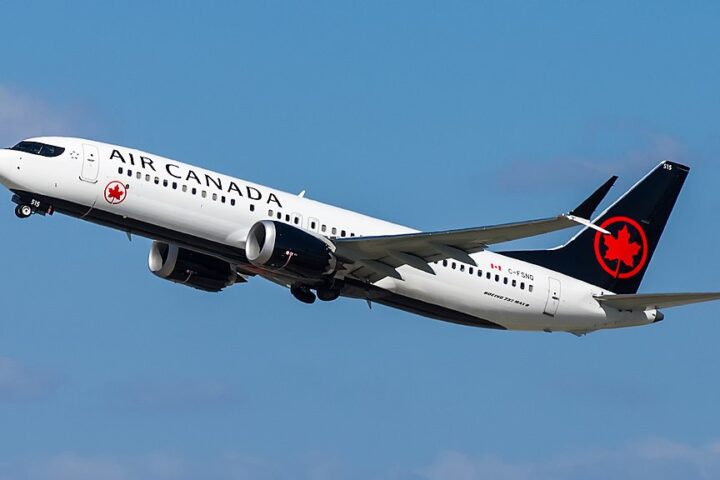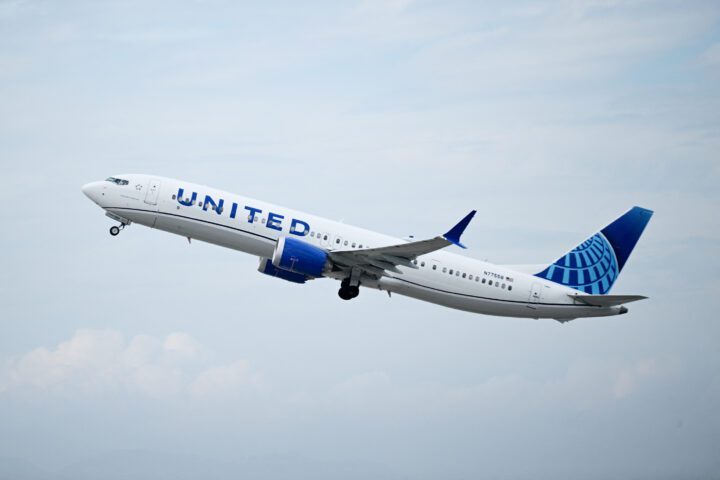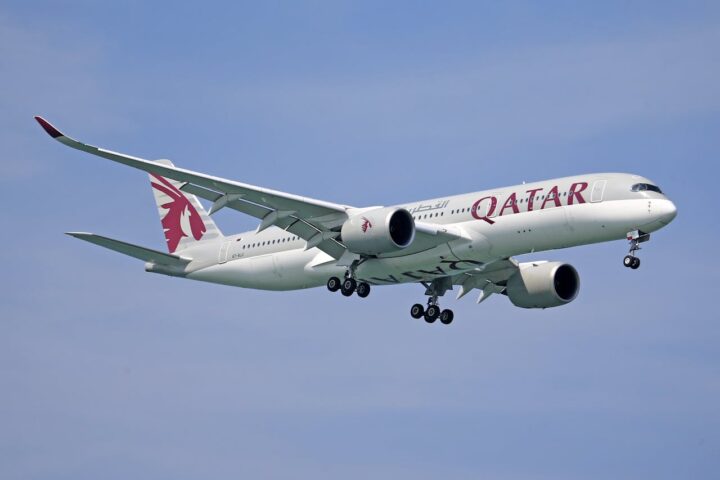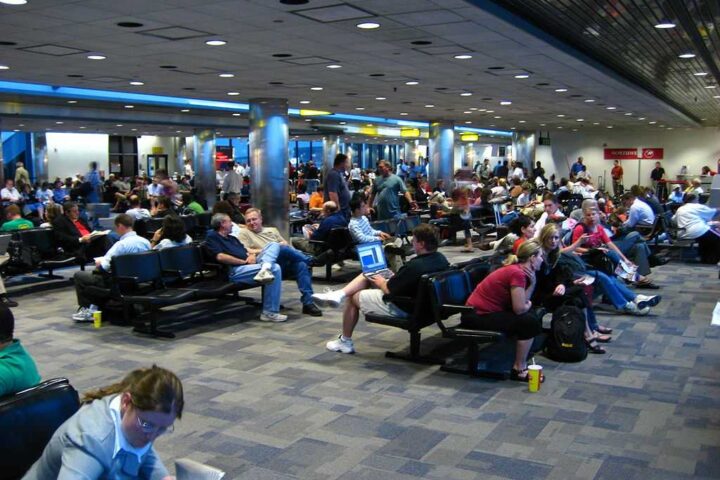A blown tire triggered a brake fire on an American Airlines Boeing 737 Max 8 at Denver International Airport yesterday, forcing 173 passengers and six crew members to evacuate using emergency slides. Flight 3023, bound for Miami, aborted takeoff at approximately 2:45 p.m. local time when a problem with the landing gear was detected.
According to FlightRadar24 data cited by ABC News and Newsweek, the aircraft reached approximately 127 knots before the emergency stop was executed. Air traffic control recordings captured the urgency: “Aborting on the runway…you got a lot of smoke…some flames,” controllers advised the crew.
Denver Fire Department and Aircraft Rescue and Firefighting teams responded immediately, extinguishing the blaze that erupted under the left landing gear assembly. The FAA confirmed one passenger was hospitalized with minor injuries, while five others received on-site evaluation.
“The aircraft experienced a maintenance issue with a tire on the landing gear just before takeoff. All customers and crew deplaned safely, and the aircraft was taken out of service to be inspected by our maintenance team. We thank our team members for their professionalism and apologize to our customers for their experience,” American Airlines stated in a press release.
According to the FAA’s Pilot Guide to Takeoff Safety, Denver’s 5,434-foot elevation can present additional challenges for aircraft operations during rejected takeoffs, as thinner air affects how quickly brake components dissipate heat.
This incident comes just four months after another American Airlines 737-800 experienced an engine fire at a Denver gate on March 13. The NTSB’s preliminary report noted a fuel leak and improperly installed parts as contributing factors in that incident.
The incident temporarily suspended departures at Denver International Airport for nearly an hour, with normal operations resuming around 3 p.m. local time.
According to the FAA’s Pilot Guide to Takeoff Safety, friction heat from applying brakes at high speed can ignite hydraulic fluid or overheat brake components. When pilots abort a takeoff, the energy from stopping a heavy aircraft traveling at high speed transfers directly to the brakes, which can reach temperatures hot enough to ignite nearby materials.
While visually dramatic, runway incidents involving landing gear fires are uncommon in commercial aviation operations.
The FAA has opened an investigation into the incident, standard procedure for all runway emergencies. Investigators will examine maintenance records, tire components, and brake assembly.
Passengers reported hearing a loud bang before feeling strong deceleration. The crew deployed slides for evacuation following emergency protocols.
The FAA Advisory Circular 120-80B provides guidance for passenger evacuations during aircraft emergencies, including leaving belongings behind and following crew instructions when using evacuation slides.
American Airlines arranged alternative transportation for affected passengers, with most reaching Miami on later flights yesterday evening.
